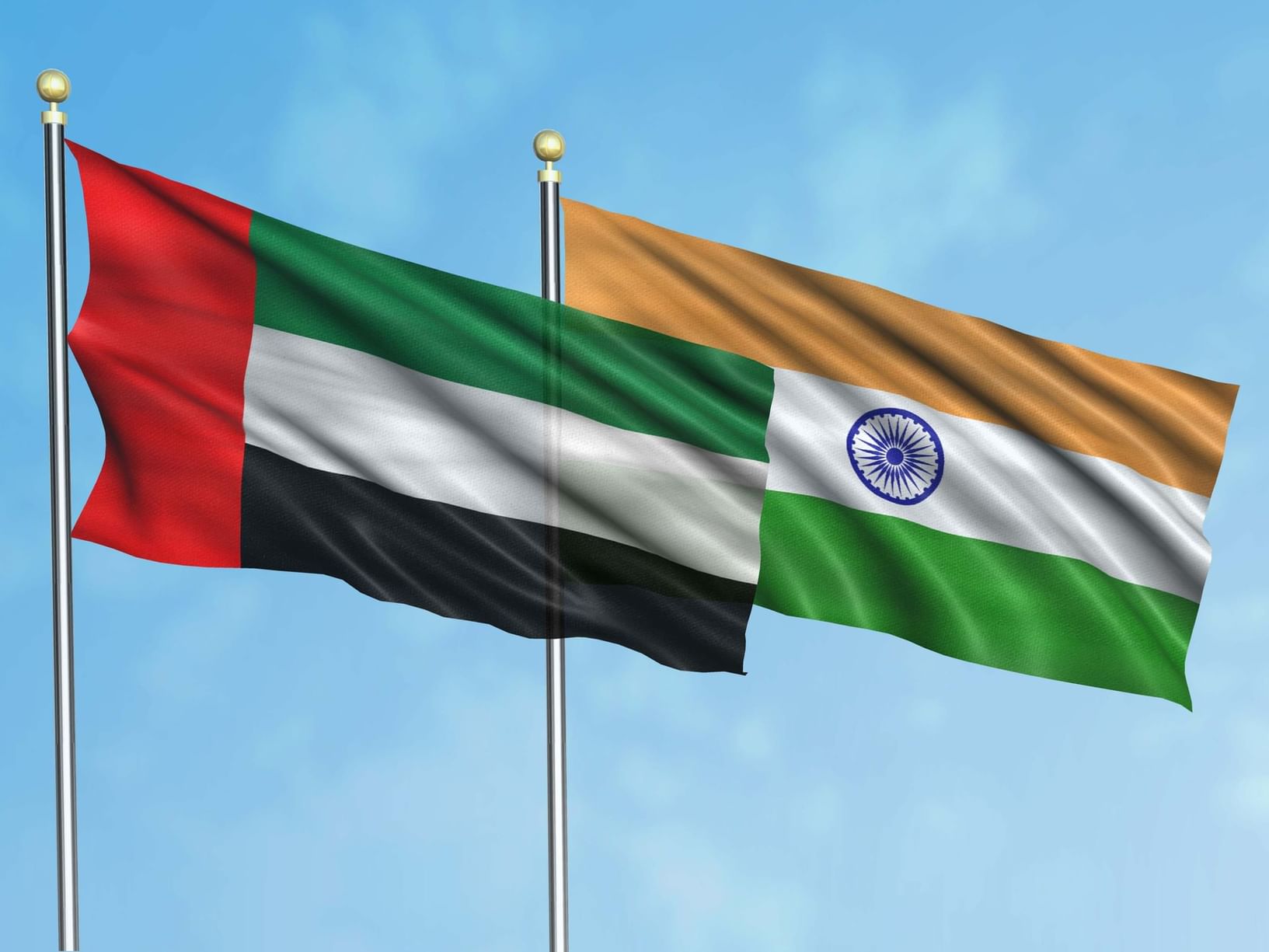UAE, India: Strategic partnerships drive bold economic future

Economic ties between the UAE and India have seen remarkable growth in recent years, underscoring a strategic partnership that is expanding across key sectors such as trade, investment, energy, and technology.
No longer limited to trade, the relationship now includes deep investment partnerships and joint projects that are shaping a more integrated and forward-looking economic collaboration.
According to a report released by Dubai Chambers during the Dubai-India Business Forum, the UAE ranked as India’s third-largest global trading partner in 2024, following China and the United States, with imports valued at US$60.1 billion and exports at US$37.8 billion.
Dubai plays a central role in this relationship, accounting for 85 percent of the UAE’s non-oil trade with India, which reached $54.2 billion in 2023. The city’s non-oil trade with India rose from $36.7 billion in 2019 to $45.4 billion in 2023, largely fuelled by the Comprehensive Economic Partnership Agreement (CEPA) signed in 2022.
In 2023, Dubai’s top exports to India were precious stones and metals, totalling $14.65 billion, followed by machinery, plastics, and aluminum. Imports from India were led by precious stones and metals at $10.1 billion, along with electronics, mineral fuels and bituminous, machinery and iron and steel.
On the investment front, the UAE invested $2.9 billion in India during the 2023–2024 fiscal year, making it India’s seventh-largest investor.
India’s economic growth remains strong compared to the majority of emerging markets. Projections indicate the economy is on track to grow by an average of 6.5 percent per year between 2025-26, positioning India among the world fastest-growing major economies.
This growth is anchored on three main drivers: government-led infrastructure investment, rising rural demand supported by strong agricultural output, and increased private investment, particularly in infrastructure-linked and export-oriented industries.
Inflation is also expected to ease, with consumer price inflation forecast to decrease to 4.3 percent in 2025 as global commodity prices moderate and supply bottlenecks ease, reducing from 4.9 percent in 2024.
India’s expanding manufacturing base, especially in electronics and pharmaceuticals, supports a favourable outlook for 2026-29.

